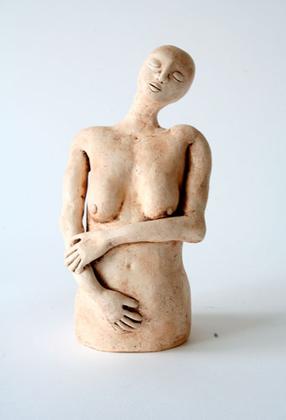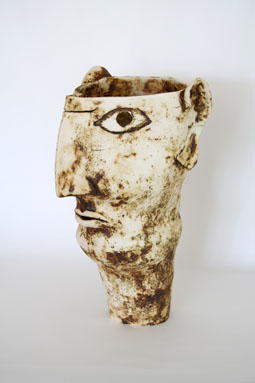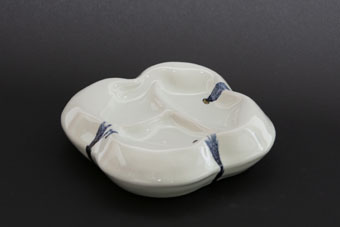
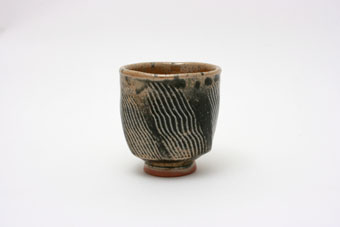

|
SAshino.pdf Size : 8.616 Kb Type : pdf |
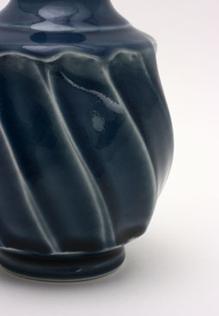

|
Nathaniel's Blue-2.pdf Size : 239.808 Kb Type : pdf |


|
Nepean tenmoku.pdf Size : 66.771 Kb Type : pdf |
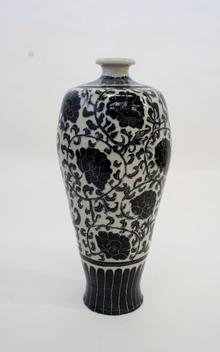

|
Clear.pdf Size : 46.59 Kb Type : pdf |
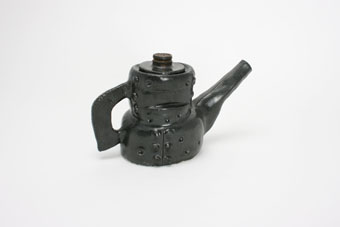

|
Black Matt.pdf Size : 7.762 Kb Type : pdf |
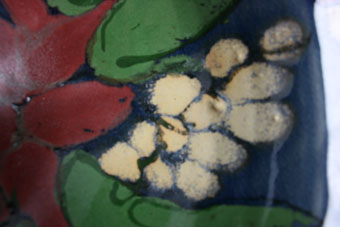

|
Yellow Overglaze.pdf Size : 215.275 Kb Type : pdf |
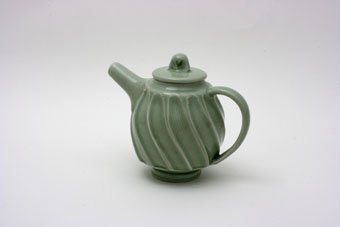

|
Nepean Celadon.pdf Size : 48.078 Kb Type : pdf |
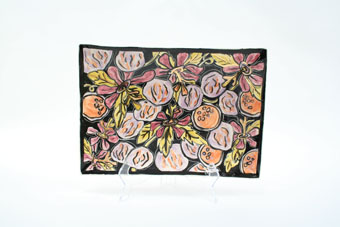

|
ideal matt.pdf Size : 48.473 Kb Type : pdf |
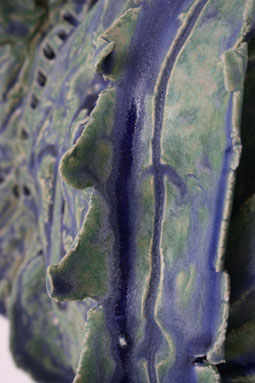

|
Boys Vitreous slip.pdf Size : 70.267 Kb Type : pdf |
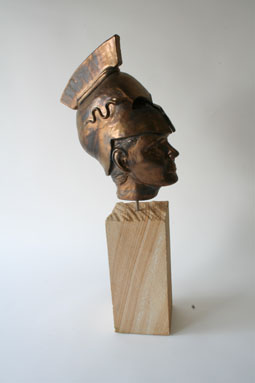

|
Bronze.pdf Size : 48.19 Kb Type : pdf |
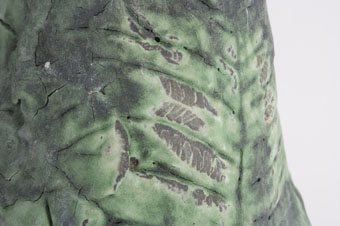
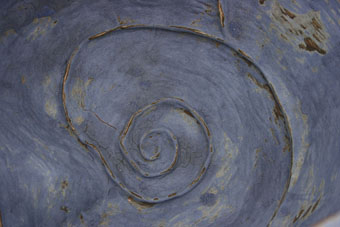
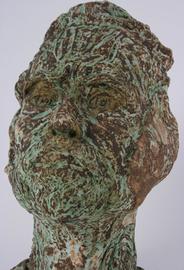
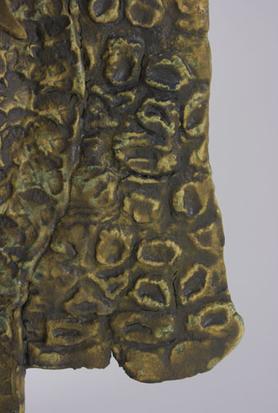

|
Mid fire engobe.pdf Size : 87.254 Kb Type : pdf |


|
Strontium Matt.fp5.pdf Size : 86.523 Kb Type : pdf |
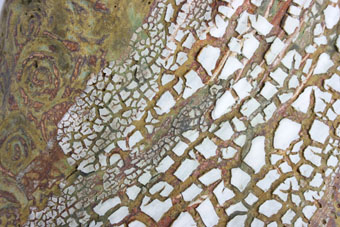

|
Midfire crawl.pdf Size : 50.514 Kb Type : pdf |
